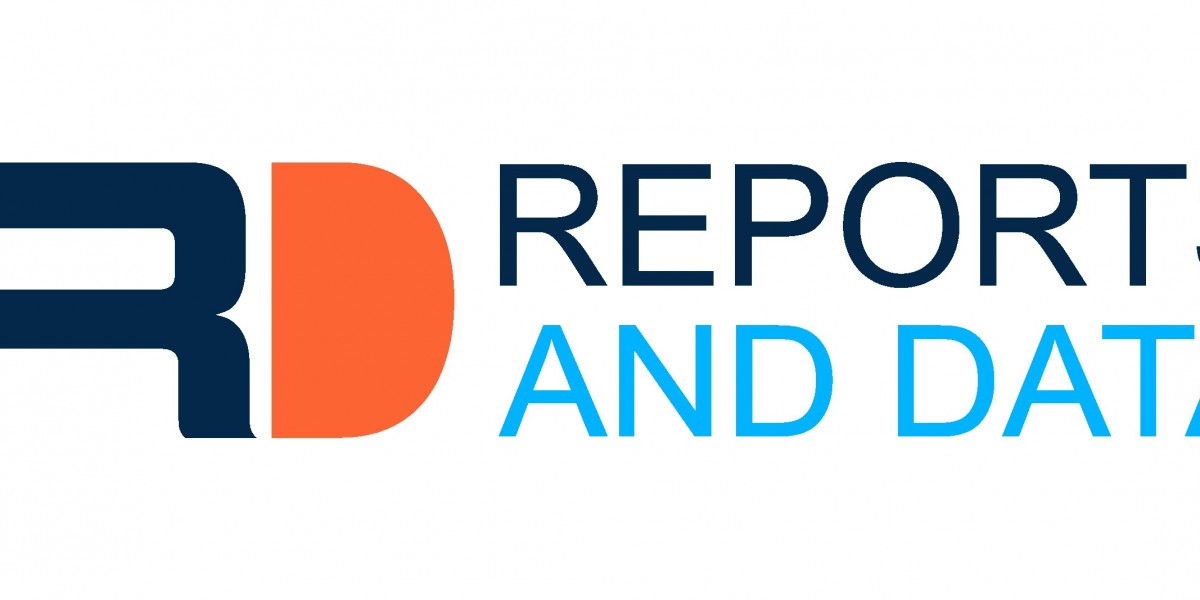The introduction of India’s new Labour Codes is a significant reform aimed at simplifying the existing labour laws and improving the ease of doing business. The new codes are expected to bring clarity to various aspects of employment, wages, safety, and social security, benefiting both employers and employees. However, transitioning to the new system can be challenging for many businesses. Ensuring smooth implementation requires careful planning, compliance, and the right tools. This article outlines the best practices for businesses to adopt when implementing the new Labour Codes.
Understanding the Key Aspects of the New Labour Codes
The Indian government has consolidated 29 existing labour laws into four major codes:
The Code on Wages, 2019 – Aims to ensure that employees receive fair wages and timely payment.
The Code on Industrial Relations, 2020 – Focuses on the rules related to industrial disputes, layoffs, retrenchment, and union rights.
The Code on Social Security, 2020 – Extends social security benefits to more workers, including gig workers and those in the unorganized sector.
The Occupational Safety, Health, and Working Conditions Code, 2020 – Provides a framework for better working conditions and workplace safety.
For businesses, the key challenge is ensuring compliance with the provisions of these codes while managing day-to-day operations. While the codes aim to improve clarity and reduce ambiguity, the process of implementing them can still be complex.
Best Practices for Implementing the New Labour Codes
1. Thoroughly Review and Understand the Codes
The first step in successfully implementing the new Labour Codes is to understand the provisions and implications of each code. Many businesses, especially small and medium-sized enterprises (SMEs), might find it difficult to navigate the complex details of the new regulations.
Take the time to review the following aspects of each code:
Wage regulations: Ensure that your business is adhering to the new wage structures, minimum wages, and bonus payments under the Code on Wages.
Social security benefits: Under the Code on Social Security, businesses must understand the expanded coverage to include gig workers and informal sector employees.
Health and safety standards: Employers must comply with the Occupational Safety and Health Code, which specifies workplace conditions, especially in hazardous sectors.
It is essential to align your policies with these provisions. For many businesses, this may involve revisiting employment contracts, revising wage structures, and updating health and safety protocols.
2. Invest in Labour Law Compliance Software
A key tool for businesses to stay compliant with the new Labour Codes is labour law compliance software. This software can help streamline processes related to employee records, wage calculations, leave management, and health and safety compliance.
By using automation tools, businesses can reduce the risk of human error and ensure timely compliance with ever-changing regulations. The software can alert you to any discrepancies in compliance, help you keep track of deadlines for payments and filings, and ensure your employee benefits are in line with the new codes.
If you are looking for an efficient solution, check out this Labour law compliance software, which simplifies the entire compliance process, ensuring that your business stays ahead of the curve.
3. Conduct Employee Training and Awareness Programs
Effective implementation of the Labour Codes requires that employees understand their rights and the new procedures in place. Training programs should be organized to educate employees about the changes in their entitlements, such as wages, leave policies, and social security benefits.
For example, the Code on Social Security has expanded coverage to include gig and platform workers. It is essential to inform such employees about their newly acquired benefits, like access to health insurance, provident fund, and other social security measures.
Employee awareness programs also ensure that your workforce is familiar with workplace safety standards under the Occupational Safety Code. Regular workshops, seminars, and easy-to-read handbooks can be useful tools in helping employees stay informed.
4. Update Your HR and Payroll Systems
Updating HR and payroll systems is crucial for maintaining compliance with the new Labour Codes. Changes in wage structures, leave policies, and social security contributions need to be reflected in your HR software. Additionally, businesses must ensure that their payroll systems are updated to accommodate the timely and accurate payment of wages, bonuses, and other benefits.
Outdated HR systems could lead to non-compliance with the new codes, resulting in legal and financial repercussions. Therefore, regular updates to your payroll system and HR software should be part of your compliance strategy.
5. Create a Compliance Checklist
To ensure that your business remains compliant with all aspects of the new Labour Codes, create a compliance checklist that covers the following:
Wage and payment schedules: Ensure that wages are paid on time and meet the minimum wage requirements.
Social security contributions: Track contributions to provident funds, employee state insurance (ESI), and other welfare schemes.
Workplace safety and health protocols: Review safety measures, especially in high-risk industries, to prevent accidents and occupational hazards.
Record-keeping: Maintain accurate and up-to-date records for all employees, including their wages, leave balances, and benefits.
Regularly audit your practices against this checklist to ensure that your business is fully compliant with the law.
6. Consult Legal Experts and Advisors
While the Labour Codes aim to simplify and consolidate existing laws, the complexity of implementing them may require expert advice. Legal professionals specializing in labour law can help businesses navigate the intricacies of the new codes, offer guidance on compliance requirements, and assist in drafting or revising employee contracts and policies.
It is recommended that businesses, particularly those with a large number of employees, consult with legal advisors to ensure they are compliant and avoid costly penalties. This investment in legal counsel can save time, money, and resources in the long run.
7. Establish a Grievance Redressal Mechanism
The Industrial Relations Code includes provisions for setting up grievance redressal mechanisms. This is essential for resolving conflicts between employees and employers in a fair and transparent manner.
By implementing a clear and accessible grievance redressal process, businesses can foster better relationships with employees and address any issues before they escalate into larger disputes. This process can also help mitigate the risk of industrial actions such as strikes or protests.
Conclusion
The implementation of the new Labour Codes is a significant step toward modernizing India's labour laws. While the changes bring about many opportunities, businesses must take proactive measures to ensure smooth compliance. By following best practices such as understanding the new codes, investing in compliance tools, conducting employee training, and consulting legal experts, businesses can mitigate risks and take advantage of the benefits these reforms offer.
Adopting a systematic approach to compliance, combined with the right tools like labour law compliance software, will help your business navigate these changes effectively and avoid any compliance issues in the future.







